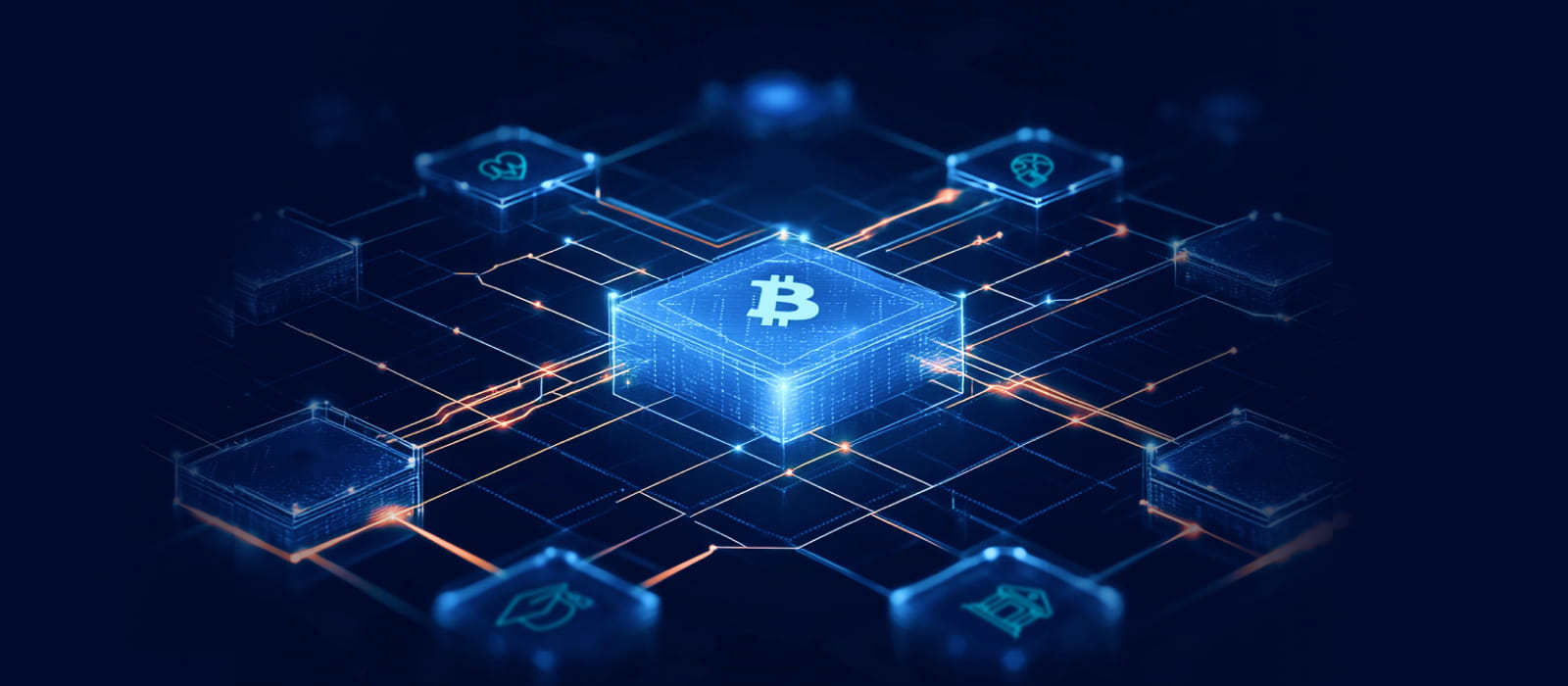Now Reading: Can Blockchain Power Local Governance? Use Cases for Tier-2 Cities
-
01
Can Blockchain Power Local Governance? Use Cases for Tier-2 Cities
Can Blockchain Power Local Governance? Use Cases for Tier-2 Cities

As India moves deeper into the digital era, blockchain technology is emerging as more than just a financial tool. It’s being explored as a system that can bring transparency, efficiency, and accountability to government operations. The question now is whether blockchain can actually power local governance—especially in Tier-2 cities that are rapidly modernizing but still face gaps in administration and record management.
At its core, blockchain is a digital ledger where every transaction is recorded securely and cannot be altered. This simple concept can solve one of the biggest problems in local governance—lack of transparency. From land records to welfare schemes, many city administrations struggle with outdated systems, middlemen, and missing data. Blockchain could change that by creating tamper-proof, publicly verifiable records.
Land registration is one of the clearest use cases. In cities like Nagpur, Indore, and Surat, disputes over land titles and property ownership are common. By putting records on a blockchain network, local bodies can ensure that every transaction—sale, transfer, or lease—is permanently recorded and accessible. It would reduce fraud, speed up verification, and eliminate the need for endless paperwork.
Public procurement is another area ready for change. Local governments often issue tenders for infrastructure, sanitation, and city development projects. Blockchain can make the entire bidding process transparent by recording every step, from submission to approval. Citizens can track which contractors are chosen and why, reducing corruption and favoritism.
Welfare distribution could also benefit. Schemes for education, healthcare, or subsidies often get delayed or diverted. A blockchain-based system can track the flow of funds in real time, ensuring that benefits reach the intended people without leakage. This could be a game-changer for Tier-2 cities where governance is improving but still lacks technological integration.
Citizen identity management is another potential area. Local administrations can use blockchain to create verified digital IDs that link residents to civic services. This would simplify processes like paying taxes, applying for permits, or accessing municipal services. Instead of standing in long queues, people could complete tasks through secure online verification systems.
However, the path isn’t simple. Implementing blockchain requires strong digital infrastructure, trained personnel, and significant initial investment. Smaller cities may face resistance due to lack of awareness and fear of technology replacing traditional roles. There’s also the question of data privacy—how to ensure that transparency doesn’t expose sensitive citizen information.
Despite these hurdles, the potential benefits are hard to ignore. Blockchain can make governance more participatory and trustworthy. For citizens, it means quicker access to services and fewer chances of manipulation. For officials, it means easier monitoring, fewer disputes, and cleaner records.
If Tier-2 cities take the lead, India could build a model where technology strengthens democracy at the local level. The real success will come not just from adopting blockchain but from making it accessible, understandable, and useful to every citizen. In the long run, this technology could help bridge the gap between government systems and the people they serve—creating cities that are not just smart, but genuinely transparent.

























